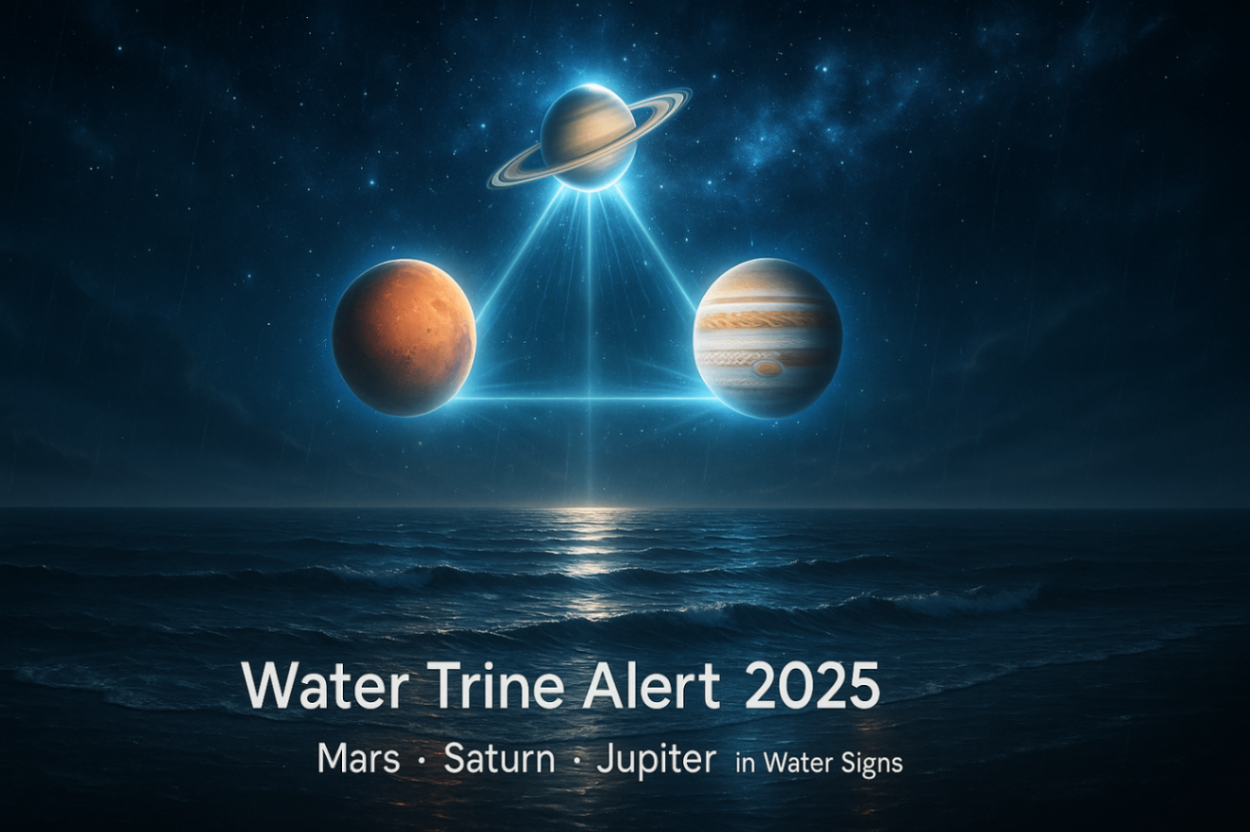Analyzing with Abhigya Anand at ABS Asia Blockchain Summit 2024
Welcome to a deep dive into the intersection of Vedic astrology and global events. At the ABS Asia Blockchain Summit 2024, Abhigya Anand, a prodigy in Vedic astrology, explored how celestial movements impact technological advancements and societal shifts. By examining past events, we gain a unique perspective on future transformations, particularly through the lens of the cycle of disruptive innovation.
Introduction to Vedic Astrology
Vedic astrology, or Jyotish, has been a guiding force for over 5,000 years. It studies the movements of celestial bodies to predict and comprehend events on Earth. This ancient science posits that planetary positions significantly affect human affairs and natural phenomena. Understanding these influences helps us navigate major global shifts.
The Great Conjunction: A Key Astrological Cycle
Among the many cycles in Vedic astrology, the Great Conjunction is particularly significant. This celestial event occurs when Jupiter and Saturn, the slowest and largest visible planets, align closely. Such conjunctions happen approximately every 20 years and are often precursors to significant global transformations, technological innovations, and ideological changes.
Historical Examples of the Great Conjunction
The Year 126: A Great Conjunction in this year coincided with the rise of Genghis Khan. His leadership and the Mongol invasions reshaped entire civilizations, marking a period of immense socio-economic and ideological upheaval.
The Year 1345: Before the Black Death devastated Europe, a Great Conjunction took place. The pandemic, beginning in 1347, dramatically altered the demographic and social fabric of Europe, highlighting the impact of celestial cycles on human events.
The Year 1603: This conjunction preceded the establishment of the stock market in Amsterdam and the beginnings of the organized slave trade. These developments transformed global economic systems and had long-lasting implications on human societies.
The Year 1921: A significant Great Conjunction occurred, aligning with the formation of the Soviet Union and the Communist Party of China. It also marked the start of an economic bubble in the United States, illustrating the conjunctions impact on political and economic landscapes.
Technological Advancements and Astrological Cycles
Astrological cycles do not just influence socio-political events; they also correlate with technological revolutions. Major advancements often follow significant astrological events:
The 1940s: The automobile revolution.
The 1960s: The rise of semiconductor technology.
The 1980s: The spread of the internet.
The 2000s: The emergence of Web 2.0 technologies.
The 2020s: The dawn of Web 3.0, marked by the integration of blockchain and artificial intelligence technologies.
These periods of technological innovation often coincide with pivotal astrological events, emphasizing the cyclical nature of innovation and celestial influence.
Predictions for the Future: 2020-2040
According to Abhigya Anand, the period from 2020 to 2040 will be one of profound transformation. We are likely to witness groundbreaking advancements in artificial intelligence, quantum computing, and blockchain technology. However, these innovations will also bring challenges. The misuse of technology for surveillance and control could threaten democracy and individual freedoms. Therefore, it is imperative to leverage these technologies for societal benefit while safeguarding ethical standards.
The Cycle of Jupiter and Saturn: A Classical Perspective
In Vedic astrology, the cycles of Jupiter and Saturn are seen as harbingers of global change. Classic texts, like the Brihat Parashara Hora Shastra, highlight how these cycles influence societal structures and transformations. Jupiter represents expansion, wisdom, and growth, while Saturn symbolizes discipline, structure, and limitation. Together, their conjunctions often signal times of great change, forcing society to adapt to new realities.
Jupiter-Saturn cycles have historically aligned with periods of reform and revolution, indicating shifts in collective consciousness and governance. For example, the conjunctions have often preceded major ideological shifts or technological breakthroughs, aligning with periods where humanity is poised to leap forward or reflect on its path.
Conclusion: Harnessing the Power of Astrological Cycles
As we move into the future, it is essential to understand the influence of astrological cycles on global events. By recognizing the patterns set by celestial movements, we can better prepare for upcoming challenges and opportunities. Vedic astrology offers a unique lens through which to view these cycles, providing valuable insights into the nature of innovation and transformation.
A Prayer for Global Harmony
Let us conclude with a prayer from the Vedas, invoking peace and harmony as we navigate these transformative times: Om Shanti Shanti Shanti - Let there be peace, peace, and peace.
Thank you for joining this exploration of how Vedic astrology and its profound insights can help us understand the future of global transformation.





































